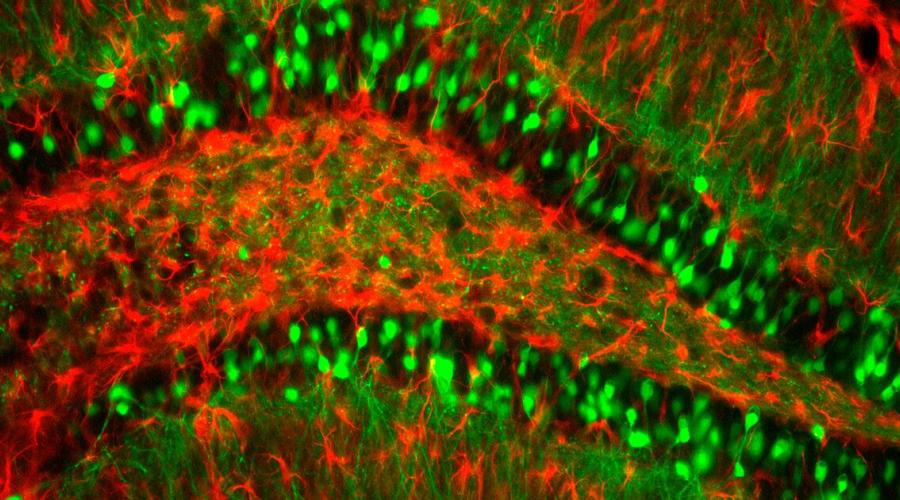
Crossing the Blood-Brain Barrier: New Path for Brain Disorder Treatments
The essential nutrient choline is especially important during early childhood, a period of rapid brain growth and development. A new study from UCSF and Columbia University reveals how the essential nutrient crosses the blood-brain barrier through the transporter FLVCR2, which could have profound implications ranging from improving brain development in children to advancing treatments for neurological disorders.
The study, published in Nature, marks a major breakthrough in understanding how nutrients and therapeutic drugs can reach the brain. Scientists have struggled to deliver treatments past the blood-brain barrier for decades, but FLVCR2 may offer a new pathway.
Why It Matters for Children
The study’s findings could transform approaches to treating pediatric neurodevelopmental diseases, including rare conditions like Fowler syndrome and congenital hydrocephalus.
The researchers also point to the potential for enhanced nutritional interventions, ensuring that children receive the choline necessary for optimal cognitive function and to recover from brain injury. It also opens doors to further research on how to protect and support brain health from a young age, potentially reducing the risk of developmental and neurological issues later in life.
Why It Matters for Everyone
“This exciting discovery opens a route to better understanding a new way to get drugs into the brain and could transform how we treat brain disorders,” said corresponding author Tom Arnold, MD, Associate Professor of Pediatrics at UCSF in the Division of Critical Care.
“FLVCR2 had no known function until this finding that it transports choline, which suggests that reduced choline uptake during brain development might cause Fowler syndrome and other forms of congenital hydrocephalus,” said Arnold. “Choline supplementation might therefore represent a new treatment for these and related brain disorders.”
Choline is critical for making a key neurotransmitter and the lipid-rich myelin that insulates and speeds up signals from one cell to another in the brain. Arnold also sees potential for choline to help with Alzheimer’s and other neurodegenerative conditions.
Detailing How Choline Is Transported
Using mouse and cell-based models, Arnold’s lab focused on defining the function of FLVCR2 as a choline transporter, specifically in the cells lining blood vessels that form the blood-brain barrier. Experiments primarily done in the lab of Filippo Mancia, PhD, at Columbia University, focused on structural biology to see precisely how choline binds to FLVCR2.
“While other researchers had drawn an association between the presence of a transporter and levels of a substrate like choline in vitro, we’ve put together a complete story from protein structure all the way to proofs in animal models,” said Arnold.
This study marks a significant step forward in neuroscience, particularly in understanding how essential nutrients reach the brain. As research continues, the implications for child development, neurological health, and therapeutic innovations could be far-reaching, offering new hope and avenues for improving brain health across all ages.
